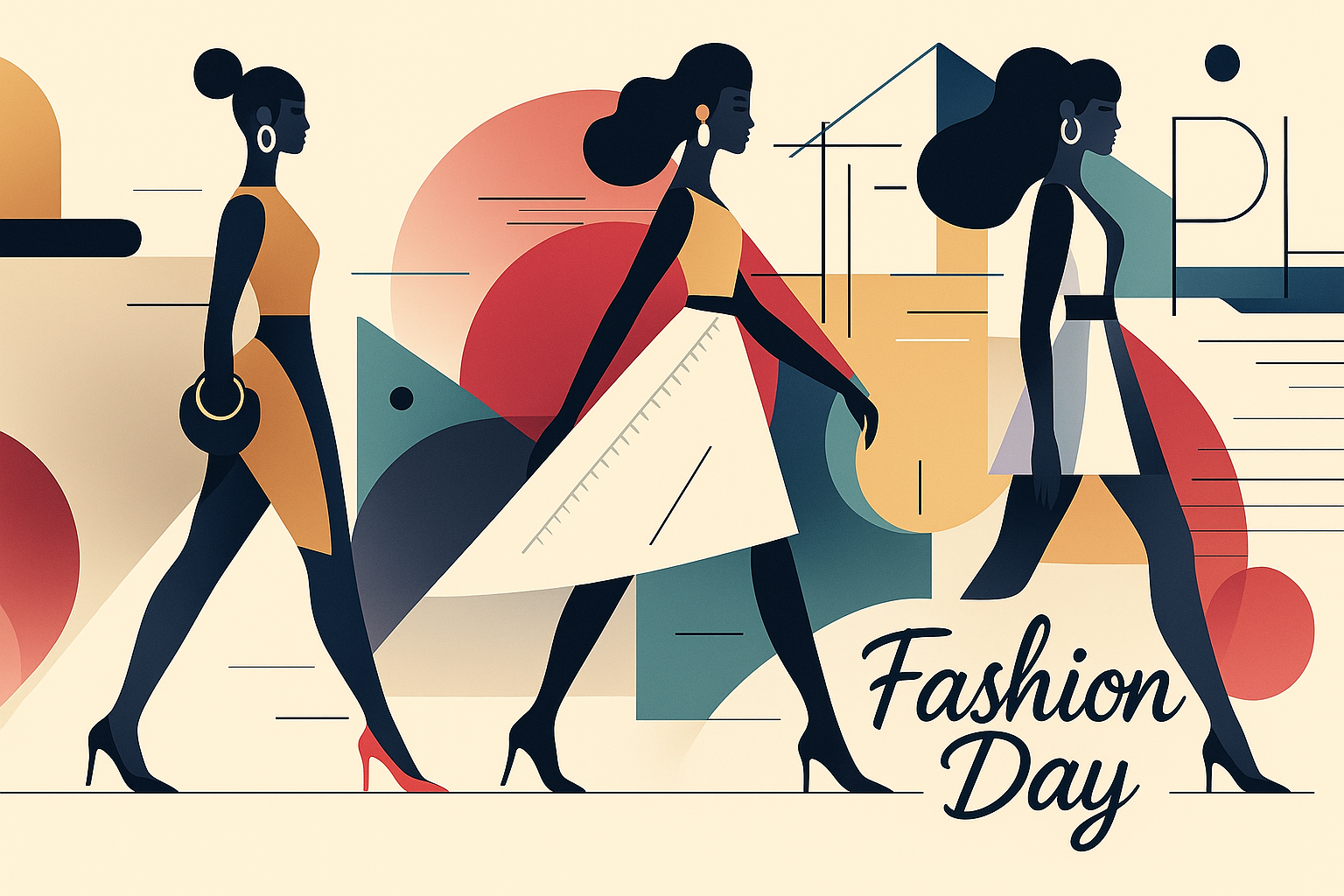What is Fashion Day?
Fashion Day is held every year on July 9 and is celebrated worldwide. The day highlights fashion as a form of creativity, self-expression, and cultural identity. It invites people to embrace their personal style, experiment with new looks, and appreciate the art behind clothing and design. Fashion Day celebrates both everyday outfits and high fashion, from streetwear to couture.
It’s not just a day for designers or influencers. Everyone can participate by dressing in a way that feels bold, joyful, or simply true to who they are. Whether shared online or enjoyed privately, fashion becomes a statement of identity.
History and Origin
Fashion Day began as a grassroots celebration of clothing and style in all its forms. While its exact origin is unclear, the date July 9 gained traction through fashion bloggers and social media creators who encouraged people to share outfits and styling tips. It offered a mid-year moment of fun and creativity outside the big runway seasons.
Since then, the day has expanded. Brands now use it to spotlight designers, influencers create themed content, and educators organize workshops about the role of fashion in history and society. The day has become a mix of celebration and reflection on how clothing shapes culture.
Who participates in Fashion Day?
- Style enthusiasts: Celebrate the day by showcasing personal fashion choices.
- Fashion brands: Promote new releases or offer discounts to highlight their collections.
- Content creators: Share outfit inspiration, trend breakdowns, or fashion history facts.
- Retailers and boutiques: Organize in-store events, styling sessions, or pop-ups.
- Schools and institutions: Host lectures or activities on the cultural impact of fashion.
Slogans and Themes
Slogans like “Express yourself through style,” “Fashion is identity,” and “Celebrate fashion, celebrate you” are common. The themes focus on confidence, creativity, and individuality. The day encourages everyone to see fashion as something empowering and personal.
Colors, Symbols, and Patterns
Colors
- Black: Reflects elegance and timeless design.
- Red: Symbolizes energy and bold expression.
- Gold: Associated with luxury and craftsmanship.
Symbols
- Runway silhouettes: Represent fashion shows and the performance of style.
- Needle and thread: Honor the craft behind design and garment-making.
- Hangers: Suggest simplicity, choice, and daily fashion.
Patterns
- Polka dots: Playful and retro, used in both vintage and modern looks.
- Animal prints: Often linked with bold style statements.
- Geometric lines: Common in minimalist and streetwear fashion.
Most Used Hashtags
- #FashionDay
- #StyleCelebration
- #ExpressYourStyle
- #FashionIsArt
- #July9Fashion
How do you celebrate Fashion Day?
- Dress up boldly: Choose an outfit that reflects your personality or mood.
- Share online: Post your look or fashion inspiration with a hashtag to join the conversation.
- Host a fashion night: Invite friends to mix and match outfits or do a mini photo shoot.
- Visit a local designer: Support small labels or artists by exploring their collections.
- Read or watch: Learn about fashion history or discover a new designer’s story.
Why is Fashion Day important?
Fashion Day is important because it reminds people that what we wear is more than fabric. Fashion communicates mood, values, and personality. It tells stories and reflects moments in culture. This day empowers people to express themselves and feel proud of how they show up in the world. It also celebrates those who design, sew, sketch, and inspire fashion everywhere;from local shops to global runways.
Features
July 9: Fashion Day (United States)
Why do you keep falling for the same type?
Read the article Lovemaps: the hidden blueprint of our love.

